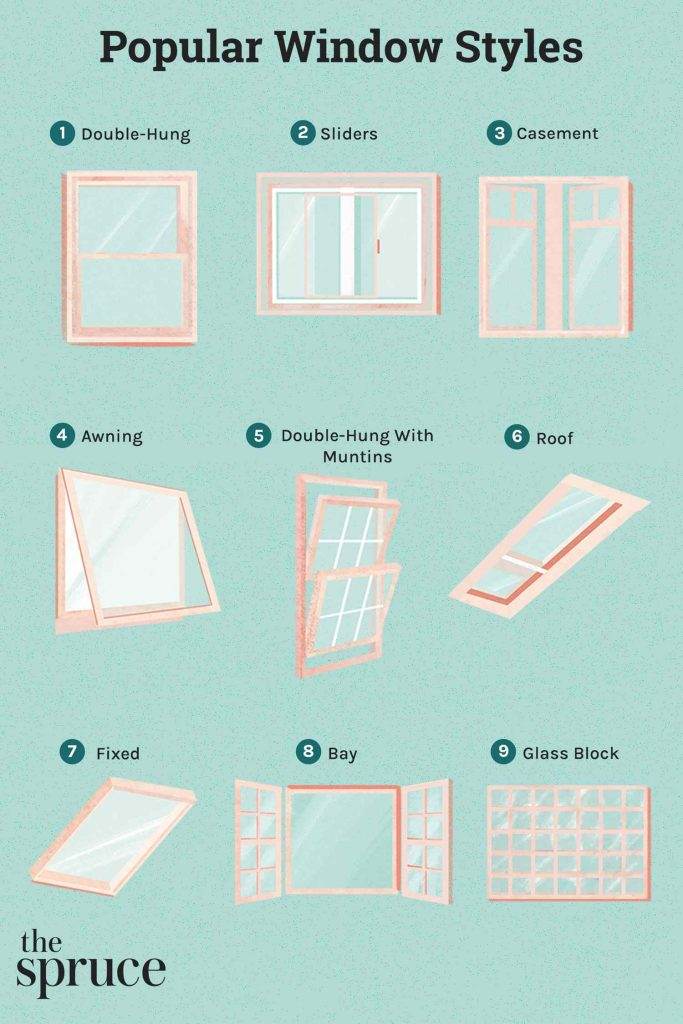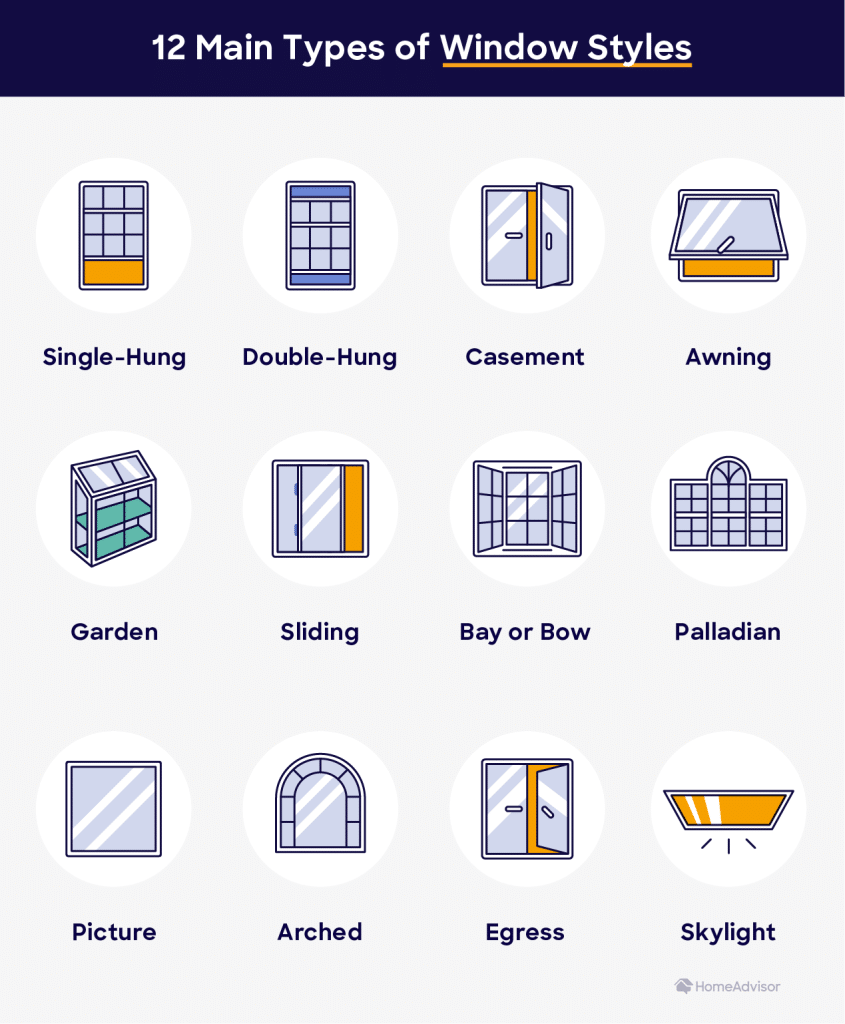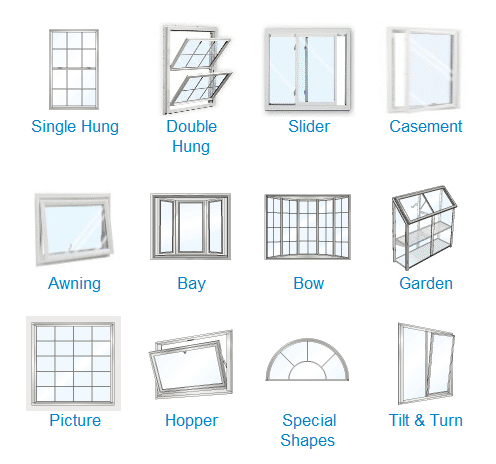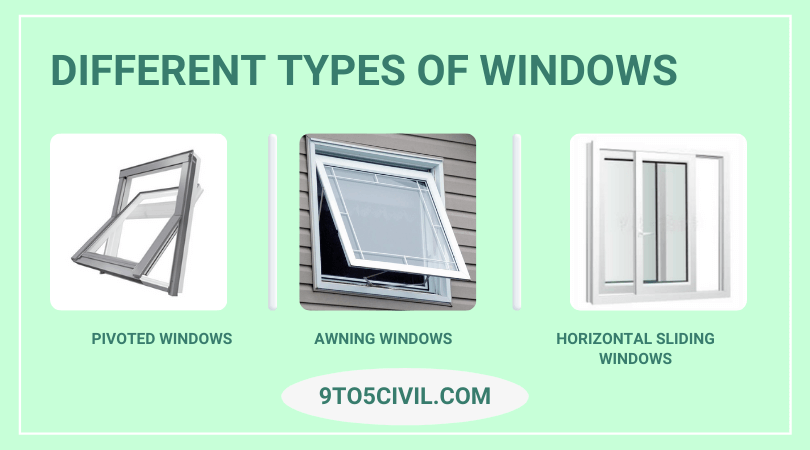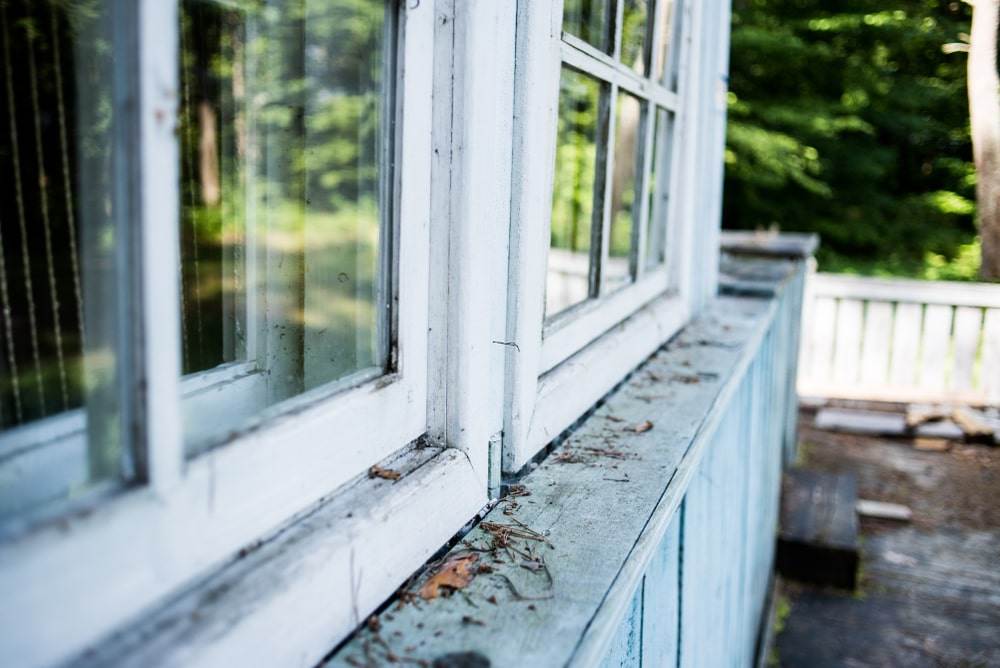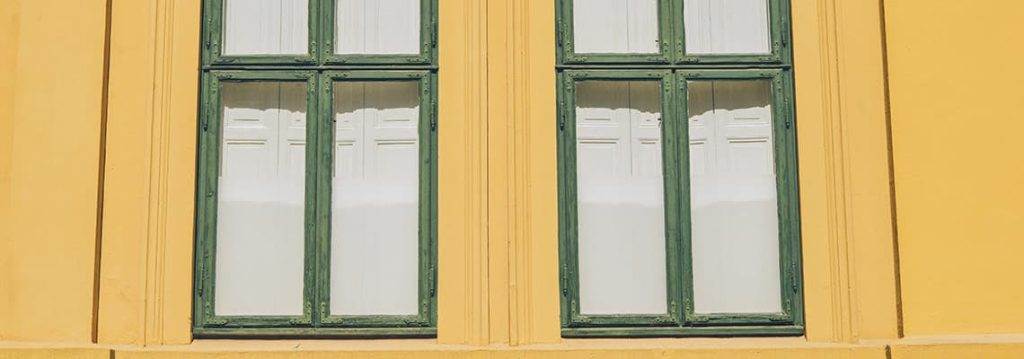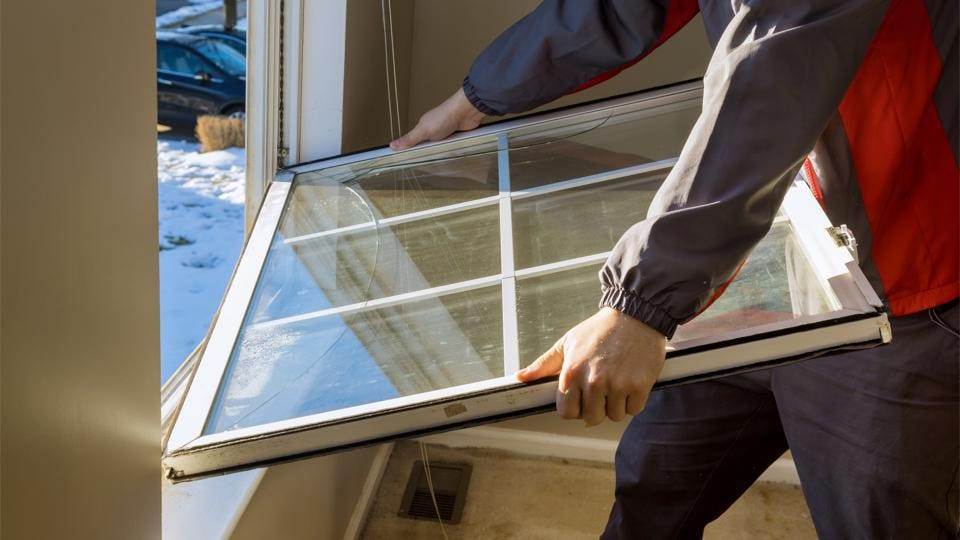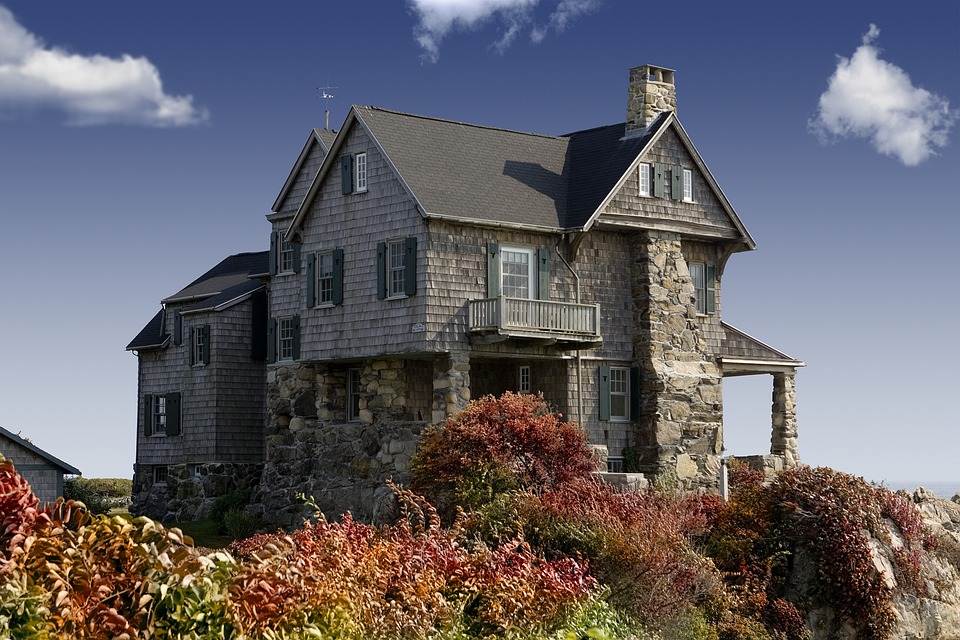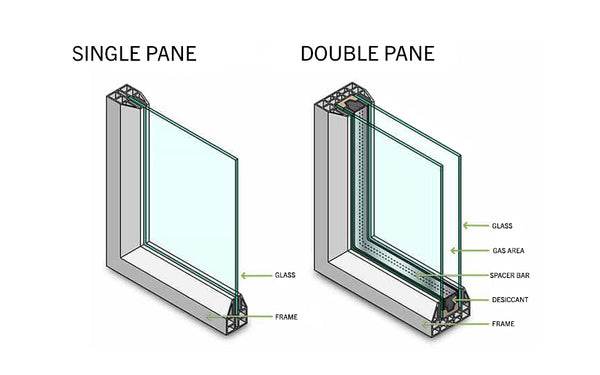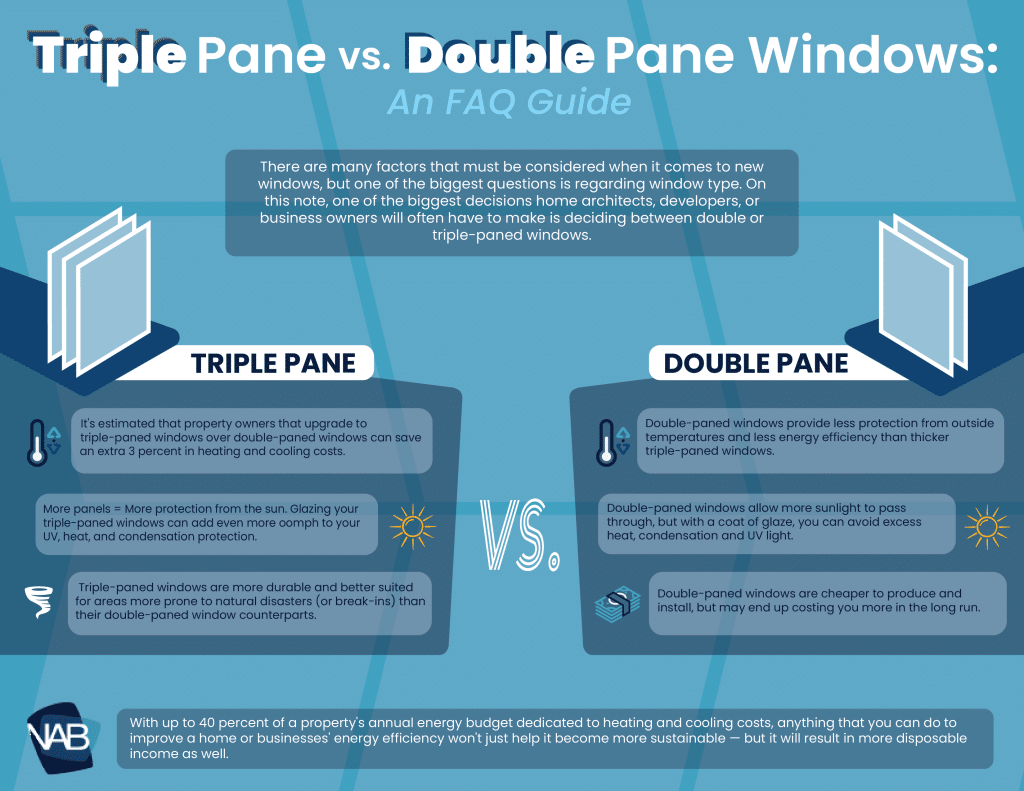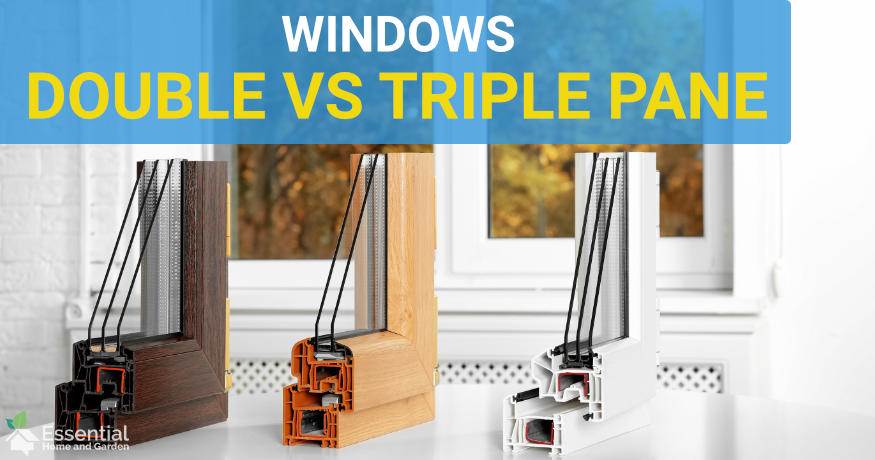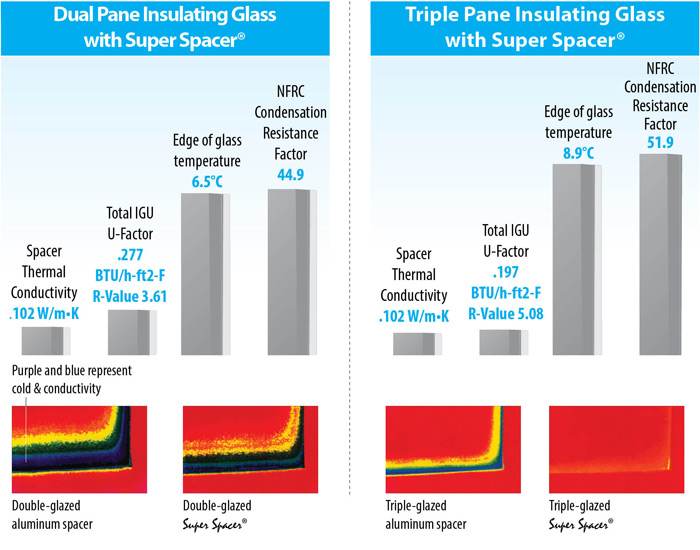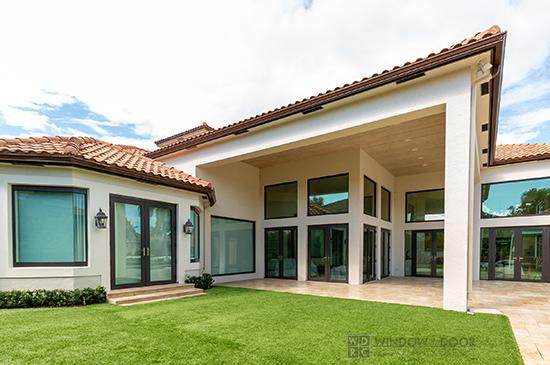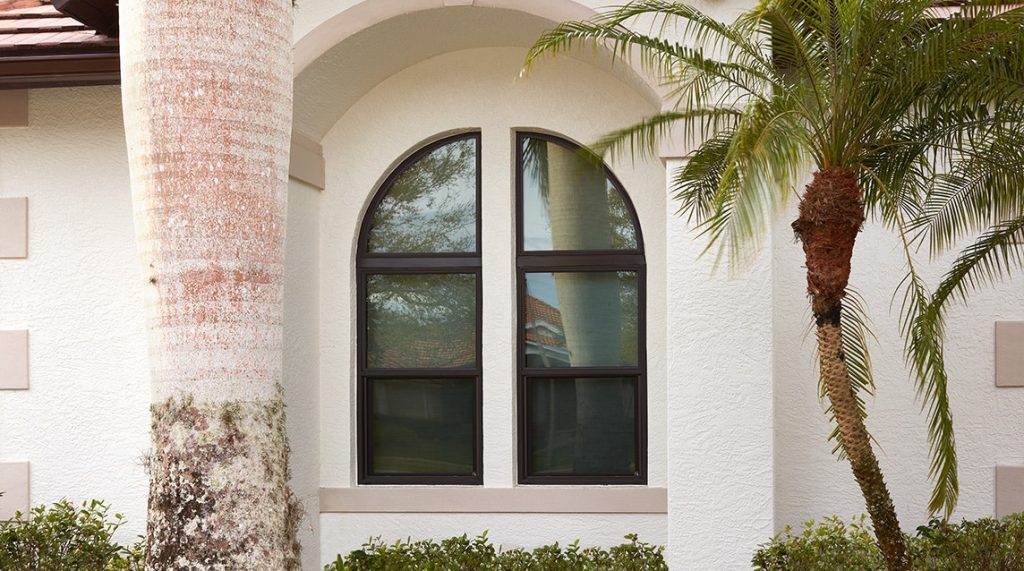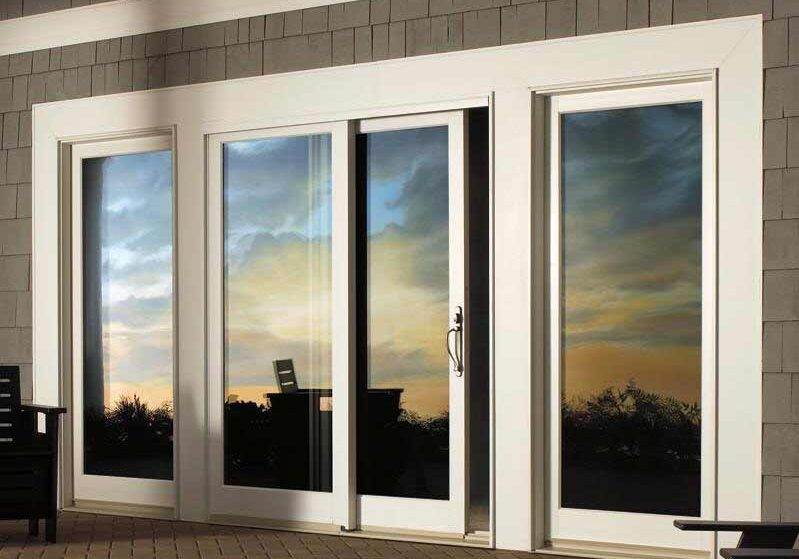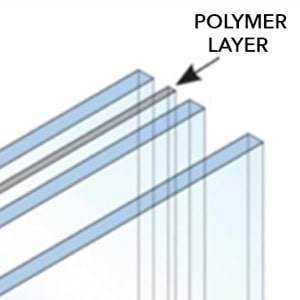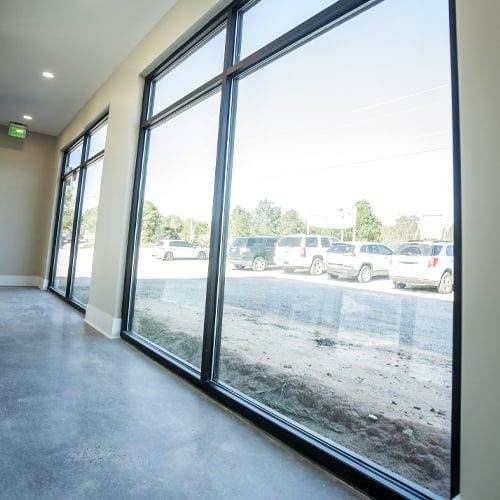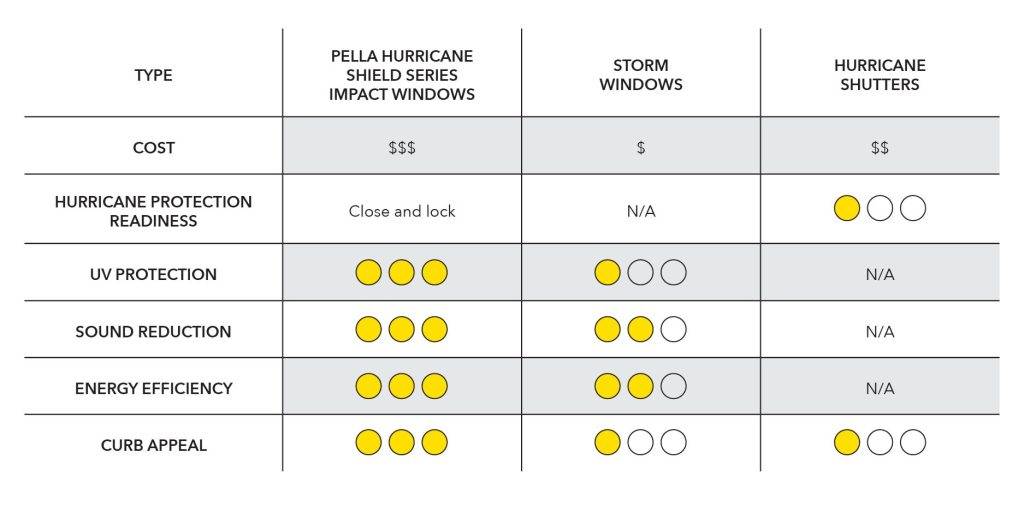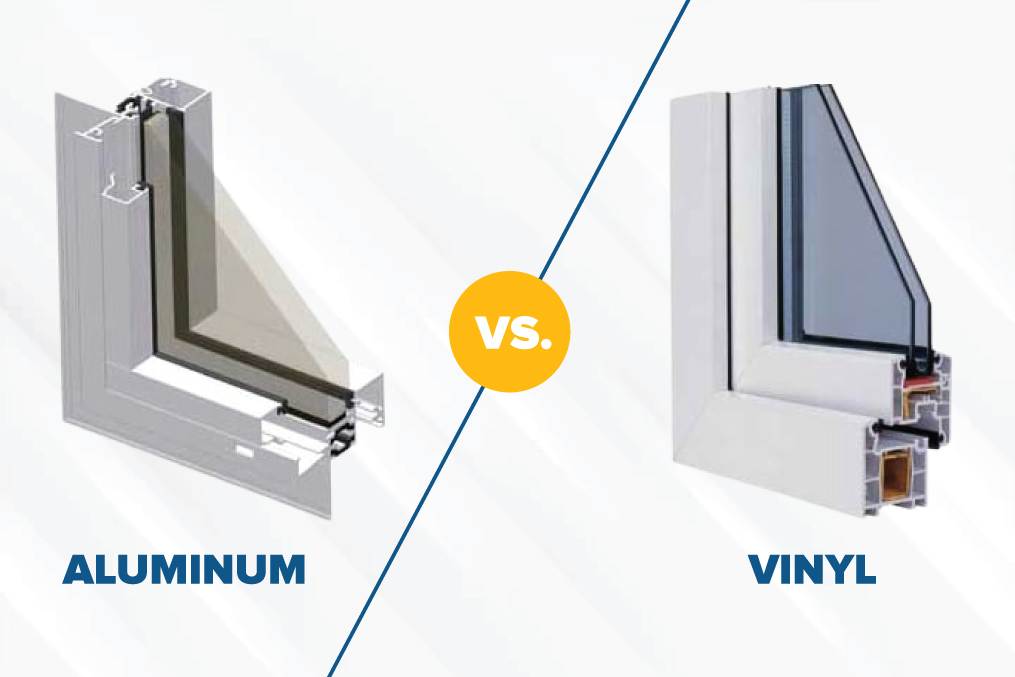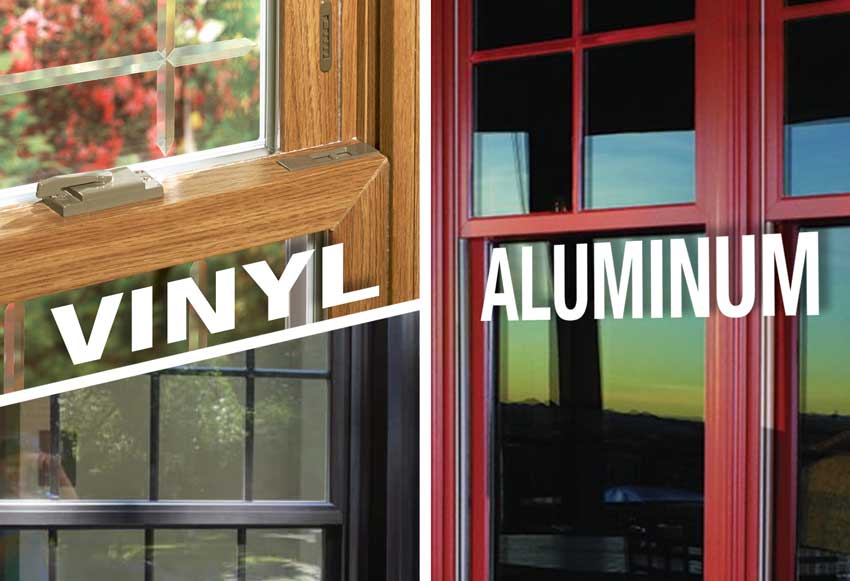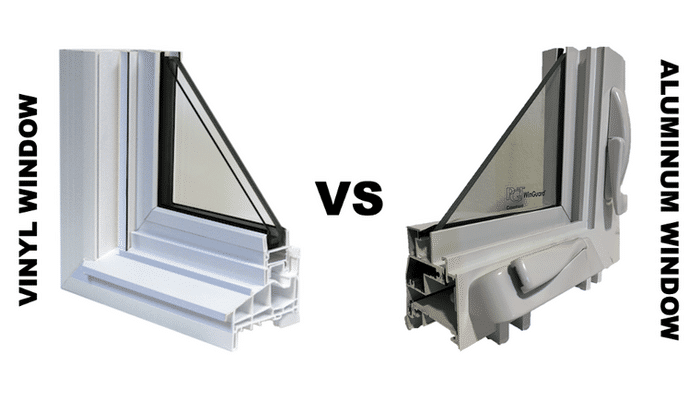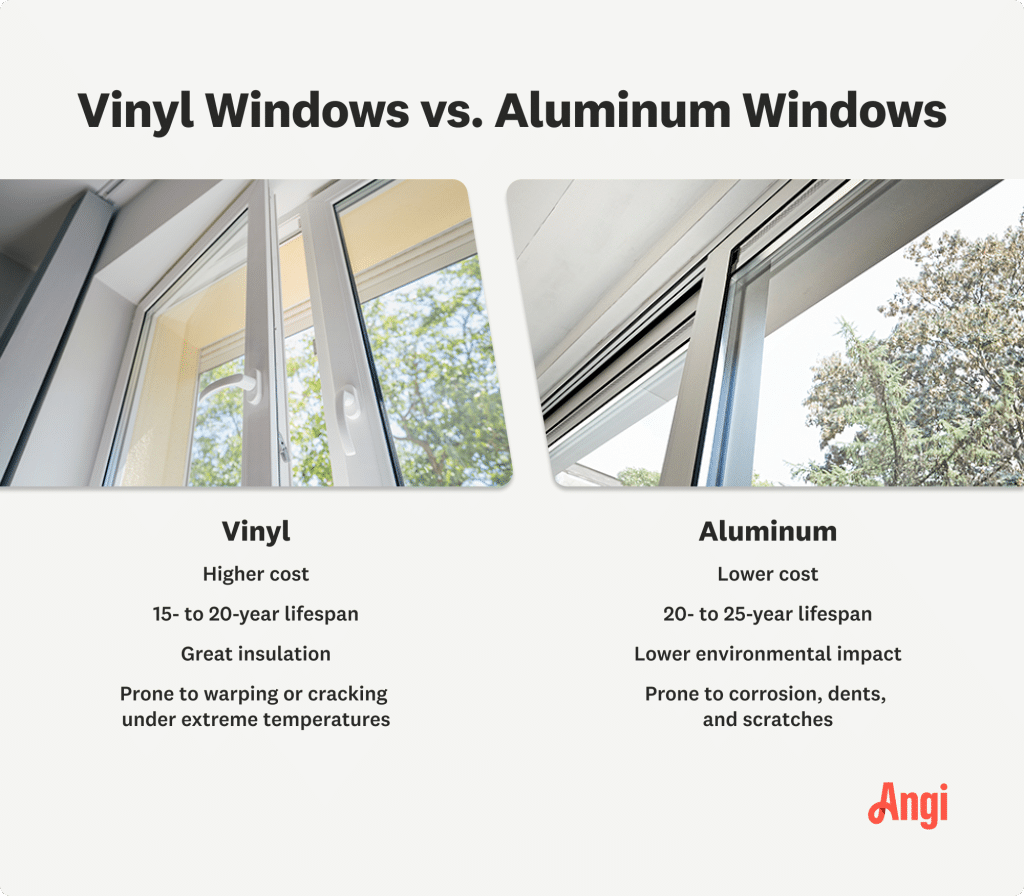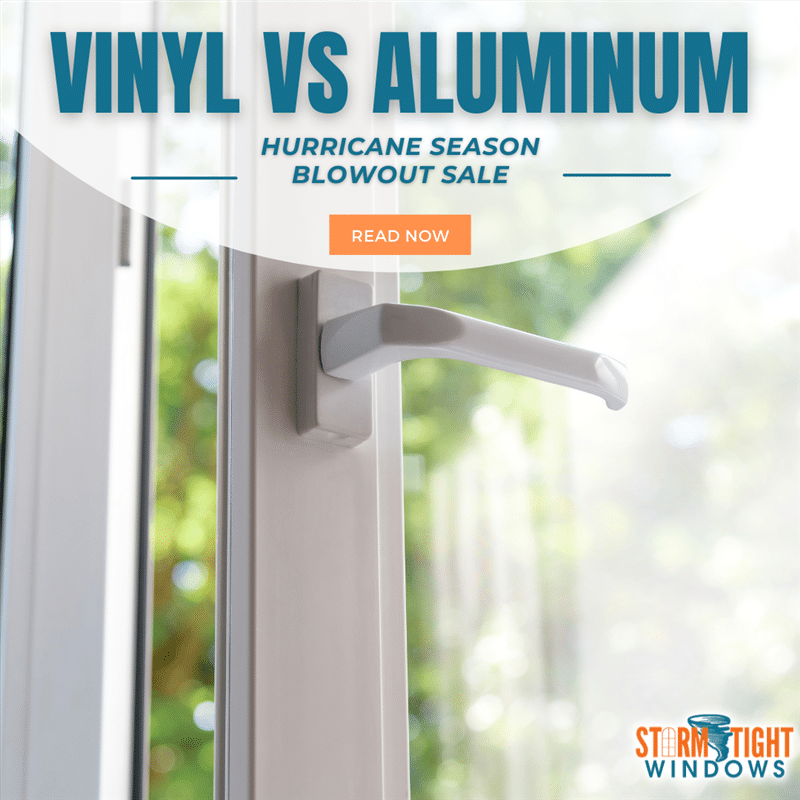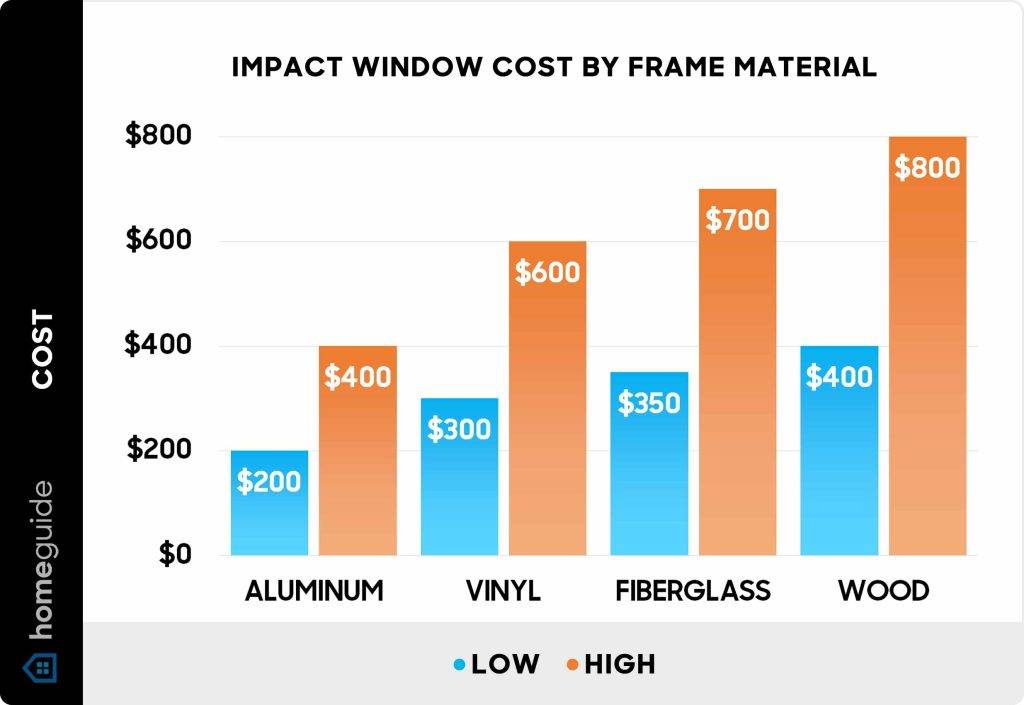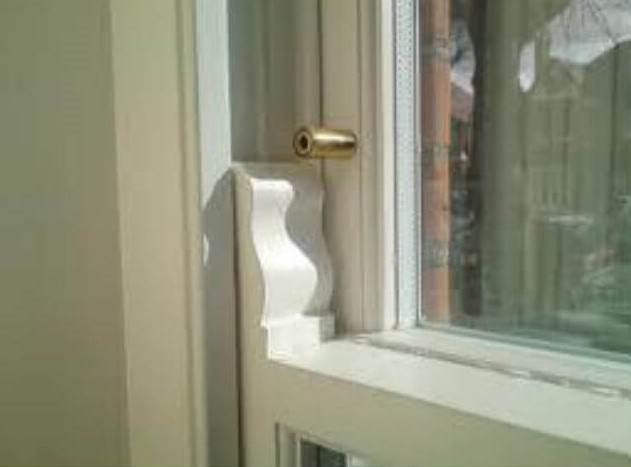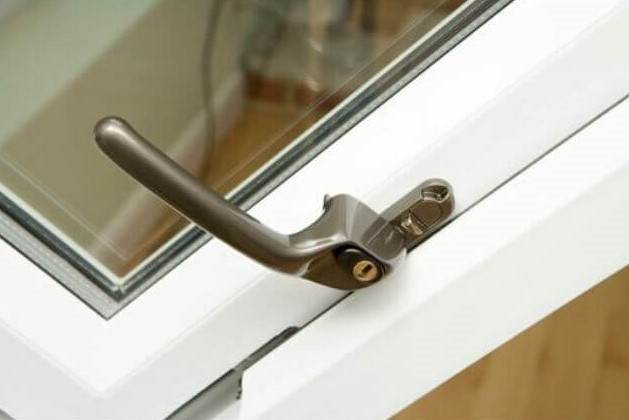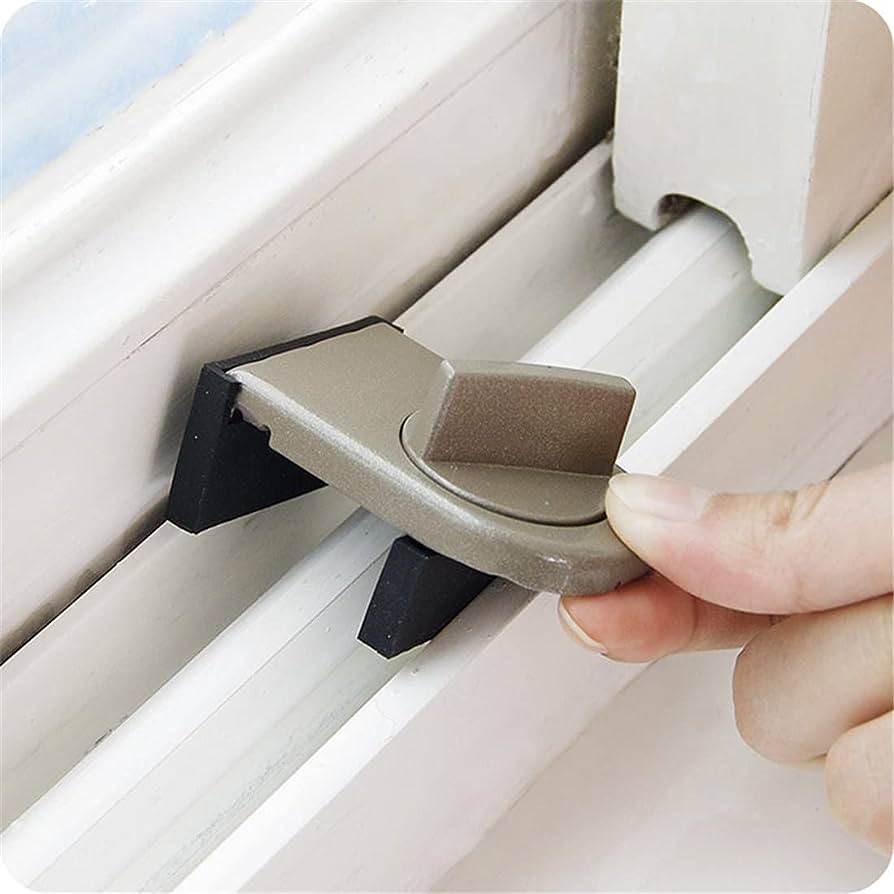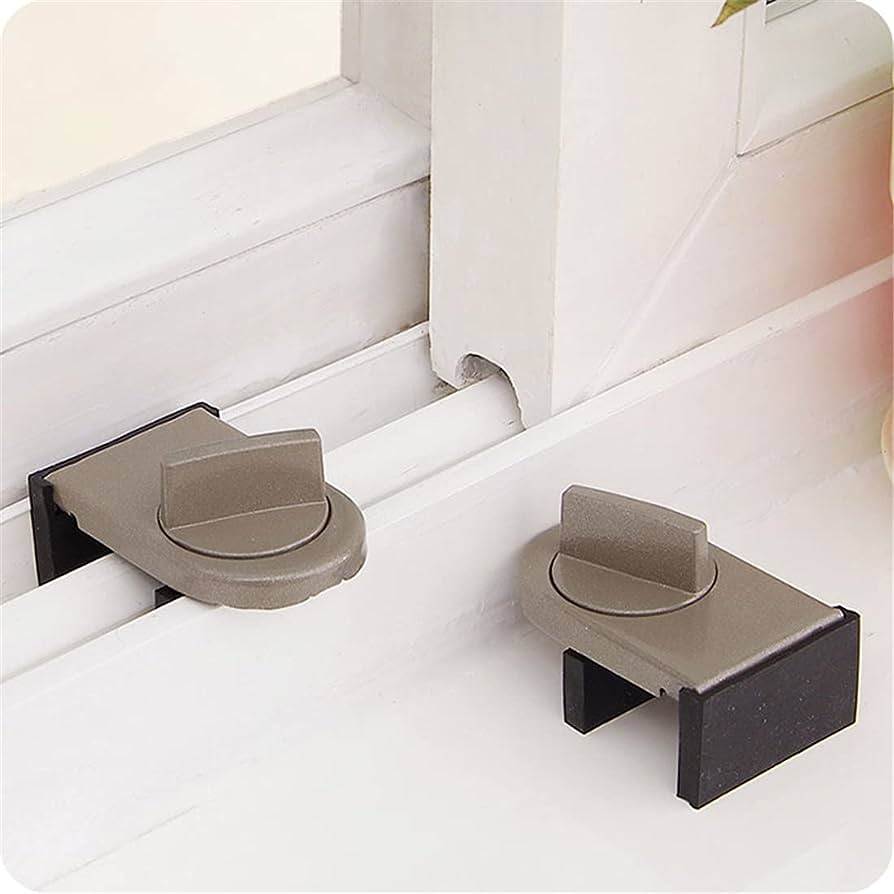We’ve all heard horror stories of burglaries and break-ins, leaving homeowners feeling violated and vulnerable. That’s why it’s crucial to invest in home security measures, such as alarm systems and sturdy doors. But what about impact windows? Can they actually deter would-be intruders and keep your home safe? In this article, we explore the effectiveness of impact windows in preventing break-ins, providing you with the peace of mind you deserve.
How Impact Windows Prevent Break Ins
When it comes to home security, impact windows provide a valuable layer of protection against break-ins. These specially designed windows are constructed to withstand extreme forces and deter potential intruders. In this article, we will explore the strength and effectiveness of impact windows in preventing break-ins and enhancing overall home security.
The Strength of Impact Windows
One of the key factors that make impact windows highly effective in deterring break-ins is their incredible strength. These windows are made using reinforced glass, laminated layers, and strong frames.
Reinforced Glass
The glass used in impact windows is reinforced, making it significantly stronger than conventional window glass. It is specially designed to withstand high impact forces without shattering. Even if the glass cracks upon impact, it remains intact, preventing intruders from gaining easy access to the property.
Laminated Layers
Impact windows consist of multiple layers of glass, typically laminated together with a strong interlayer material. This layered construction increases the overall strength of the windows, making them highly resistant to breakage. Even if an intruder attempts to smash the window, the laminated layers hold the glass together, making it difficult to penetrate.
Strong Frames
In addition to the reinforced glass, impact windows also feature strong frames that add an extra layer of security. These frames are usually made from durable materials such as aluminum or vinyl, which are resistant to impact and tampering. The combination of reinforced glass and strong frames creates a formidable barrier that intruders find extremely difficult to breach.
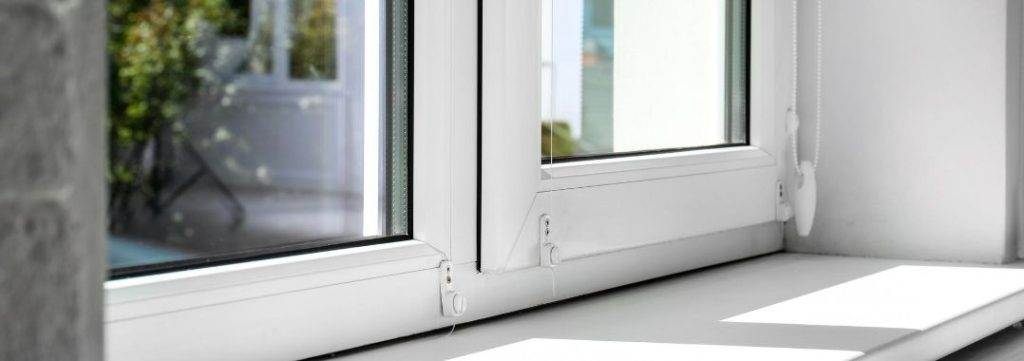
This image is property of www.floridawds.com.
Impact Windows Effectively Deter Intruders
The visual deterrent provided by impact windows plays a significant role in discouraging potential intruders from attempting a break-in. Here are some ways in which impact windows effectively deter intruders:
Visual Deterrent
The presence of impact windows on a property sends a strong message to potential intruders. These windows are specifically designed to be visibly different from standard windows, with their reinforced glass and sturdy frames. This alone can act as a deterrent, as intruders are less likely to target a property that appears to have enhanced security measures in place.
Resistance to Impact
Attempting to break through impact windows is not only time-consuming but also physically demanding. Intruders seeking quick and easy access to a property are likely to be deterred by the level of effort required to breach these windows. The high impact resistance of impact windows acts as a significant deterrent, making intruders think twice before targeting a property.
Expertise and Time Required
Successfully breaching impact windows requires a certain level of expertise and specialized tools. The average burglar is typically looking for a quick and easy way to enter a property, and the extra effort and time required to bypass impact windows may discourage them from attempting a break-in. This additional obstacle makes impact windows an excellent choice for deterring intruders.
Impact Windows Are Difficult to Breach
Impact windows are designed to have no weak points, making them highly resistant to forced entry. Here are some features that make impact windows difficult to breach:
No Weak Points
Traditional windows often have vulnerable areas, such as weak frames or single-pane glass, which can be easily exploited by intruders. However, impact windows are specifically designed to eliminate these weak points. The reinforced glass, layered construction, and strong frames leave intruders with minimal options to exploit, making it incredibly challenging for them to gain entry.
Prying Resistance
One common technique intruders use to break into homes is prying open windows or frames. However, impact windows are built to withstand prying attempts. The strong frames and reinforced glass make it virtually impossible for intruders to pry open impact windows using common tools such as crowbars or screwdrivers.
Failsafe Mechanisms
Impact windows often incorporate failsafe mechanisms that further enhance their resistance to forced entry. These mechanisms can include features like impact-resistant coating, specialty hardware, and advanced locking systems. All these elements work together to create a comprehensive security solution that is highly resilient against break-in attempts.

This image is property of armorvue.com.
Preventing Forced Entries
In addition to their strength and resistance to breach, impact windows also undergo rigorous testing and certifications to ensure their effectiveness in preventing forced entries.
Hurricane Impact Testing
One of the key benefits of impact windows is their ability to withstand severe weather conditions, particularly hurricanes. To earn the “impact” designation, these windows must pass stringent testing, including being subjected to the impact of wind-borne debris at high speeds. This testing ensures that impact windows can withstand extreme forces, making them highly effective in preventing forced entries.
Certifications and Standards
Impact windows are subjected to various certifications and standards that validate their strength and ability to resist forced entry. These certifications provide homeowners with the assurance that the windows they install meet high industry standards for safety and security. Some common certifications for impact windows include the Miami-Dade County product approval and the American Society for Testing and Materials (ASTM) certification.
Enhancing Overall Home Security
Installing impact windows not only provides protection against break-ins but also enhances the overall security of a home. By eliminating weak points and providing a robust barrier, impact windows work in tandem with other security measures like alarm systems and surveillance cameras to create a comprehensive security solution for homeowners.
Secure Locking Mechanisms
In addition to their inherent strength, impact windows also offer secure locking mechanisms that further bolster home security. These locking mechanisms provide an added layer of protection against break-ins.
Multi-Point Locking Systems
Many impact windows feature multi-point locking systems, which engage multiple locks at various points along the window frame. This type of locking system distributes the force exerted on the window, making it much harder for intruders to force the window open. Multi-point locking systems significantly enhance the security of impact windows, making them more resistant to break-ins.
Deadbolt Options
Some impact windows also offer the option of installing deadbolt locks for enhanced security. Deadbolt locks provide an additional locking point that is highly resistant to forced entry. When combined with the strength of impact windows, deadbolt locks create a formidable barrier that intruders find challenging to overcome.
Enhanced Security Measures
Several additional security features can be incorporated into impact windows to further enhance their resistance to break-ins. These may include specialty hardware, such as reinforced lock cylinders or anti-lift devices, which make impact windows even more secure. The combination of advanced locking mechanisms and reinforced glass provides homeowners with peace of mind and confidence in their home security.

This image is property of lees-fe8.kxcdn.com.
Impact Windows and Noise Reduction
In addition to their security benefits, impact windows also offer significant advantages in terms of noise reduction. The impact-resistant glass and layered construction of these windows contribute to a quieter and more peaceful living environment.
Sound Insulation Properties
The laminated layers of impact windows effectively reduce noise transmission from the outside. This is particularly beneficial for homes located near busy streets, airports, or noisy neighbors. The reinforced glass acts as a sound barrier, keeping unwanted noise outside and creating a more serene indoor environment.
Quiet and Peaceful Environment
By reducing external noise, impact windows promote a more comfortable and peaceful living space. The improved sound insulation can lead to better sleep, increased concentration, and an overall better quality of life for homeowners. Enjoying a quieter and more peaceful environment is one of the added benefits of investing in impact windows.
Safety Benefits of Impact Windows
Impact windows not only provide protection against break-ins but also offer various safety benefits for homeowners. These safety features can be particularly crucial during emergencies to ensure the well-being of residents.
Protection against Flying Debris
One of the main purposes of impact windows is to protect homes from flying debris during severe weather events, such as hurricanes or strong storms. The reinforced glass and strong frames of impact windows can withstand the impact of flying objects, preventing them from entering the home and causing potential harm to occupants. This added safety feature can be vital in regions prone to severe weather conditions.
Minimizing Injuries
Traditional windows, when shattered, can pose a significant risk of injury due to broken glass shards. Impact windows, on the other hand, are designed to remain intact even when cracked. This prevents shards of glass from dispersing throughout the room, minimizing the risk of injuries during accidents or break-ins. The safety aspect of impact windows ensures that homeowners and their families are better protected from potential harm.
Safe Exit During Emergency Situations
During emergencies such as fires or natural disasters, the ability to quickly and safely exit a building is crucial. Impact windows provide an additional means of escape, as they can be designed to meet egress requirements. These windows can be uniquely designed with easy-to-operate openings to allow occupants to exit the building swiftly and safely when traditional exit routes may be blocked or inaccessible. This added safety measure can prove to be a lifesaver in critical situations.

This image is property of www.maxguardhurricane.com.
Installation Considerations
When considering the installation of impact windows for home security purposes, it is essential to pay attention to certain factors to ensure their effectiveness.
Professional Installation
To fully benefit from the security features of impact windows, it is advisable to have them professionally installed. Proper installation ensures that the windows fit securely within the openings, leaving no gaps or vulnerabilities that could compromise their effectiveness. Skilled professionals have the expertise and experience to install impact windows correctly, ensuring optimal security for homeowners.
Proper Sealing and Anchoring
The proper sealing and anchoring of impact windows are crucial to their overall effectiveness in preventing break-ins. Sealing prevents air and water infiltration, while proper anchoring provides stability and resistance against excessive force. The combination of sealing and anchoring ensures that impact windows remain secure and impenetrable, maximizing their ability to deter intruders.
Building Code Compliance
When installing impact windows, it is important to ensure that they meet the requirements of local building codes and regulations. Building codes are in place to ensure the safety and security of structures, and compliance is essential. Investing in impact windows that comply with building codes provides homeowners with peace of mind, knowing that they have installed windows that meet the highest safety standards.
Insurance Benefits
The installation of impact windows can also have positive implications for homeowners’ insurance policies. Many insurance companies offer discounts or incentives for homeowners who take proactive measures to enhance the security and safety of their homes.
By installing impact windows, homeowners demonstrate a commitment to reducing the risk of break-ins and protecting their property. Insurance companies recognize this added security measure and often provide lower premiums or coverage benefits as a result. It is advisable to check with insurance providers to determine the potential insurance benefits associated with installing impact windows.
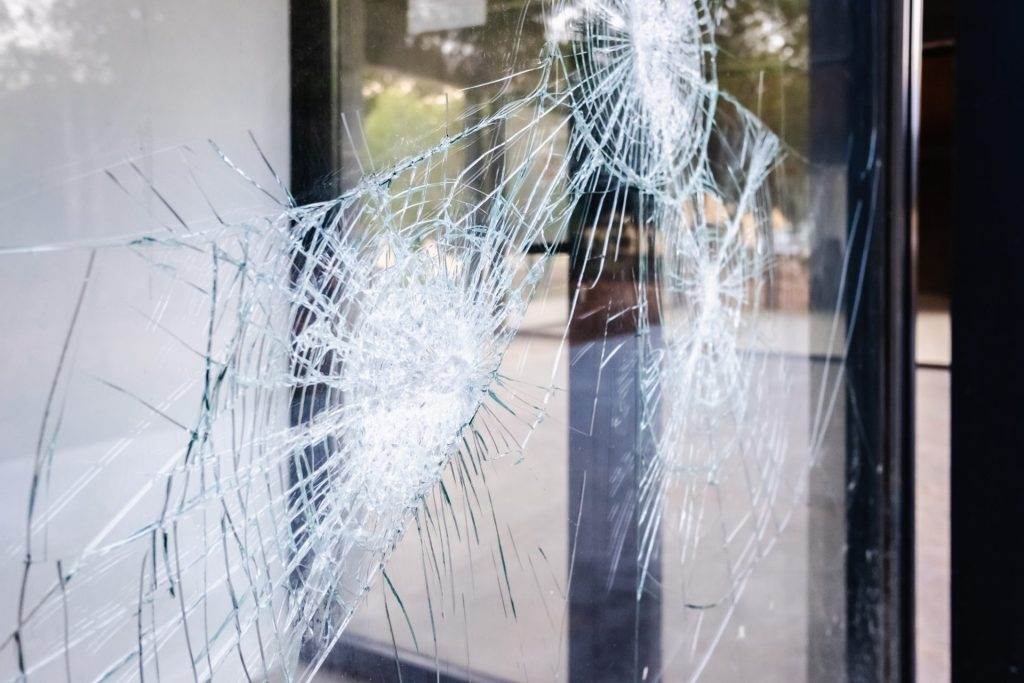
This image is property of www.aspwindows.com.
Cost-Effectiveness of Impact Windows
While the initial cost of impact windows may be higher compared to conventional windows, their long-term benefits and cost-effectiveness make them a worthwhile investment. Here are some ways in which impact windows prove to be cost-effective:
Long-Term Savings
Impact windows can lead to significant long-term savings for homeowners. These windows provide better insulation, reducing the load on heating and cooling systems. As a result, homeowners can enjoy lower energy bills throughout the year. The energy efficiency of impact windows not only contributes to financial savings but also helps reduce the carbon footprint of a property.
Energy Efficiency
The construction of impact windows, with their reinforced glass and sealed frames, greatly improves energy efficiency. These windows effectively minimize heat transfer, reducing the need for heating or cooling systems. By creating a more stable indoor temperature, impact windows help homeowners maintain a comfortable living environment and reduce their reliance on energy-consuming appliances.
Increased Property Value
Installing impact windows can significantly increase the value of a property. Potential buyers recognize the added security, safety, and energy efficiency benefits that impact windows offer. This could result in higher appraisals and a higher asking price for the property. By investing in impact windows, homeowners not only protect their belongings but also add value to their homes, making it a wise financial decision in the long run.
In conclusion, impact windows provide a comprehensive solution for preventing break-ins and enhancing home security. Their strength, resistance to breach, and secure locking mechanisms make them highly effective in deterring intruders. Impact windows also offer additional benefits such as noise reduction, safety features, and energy efficiency. With professional installation, proper sealing and anchoring, and compliance with building codes, homeowners can fully benefit from the security and cost-effectiveness of impact windows. By investing in impact windows, homeowners not only protect their property and loved ones but also enjoy long-term savings and increased property value.

